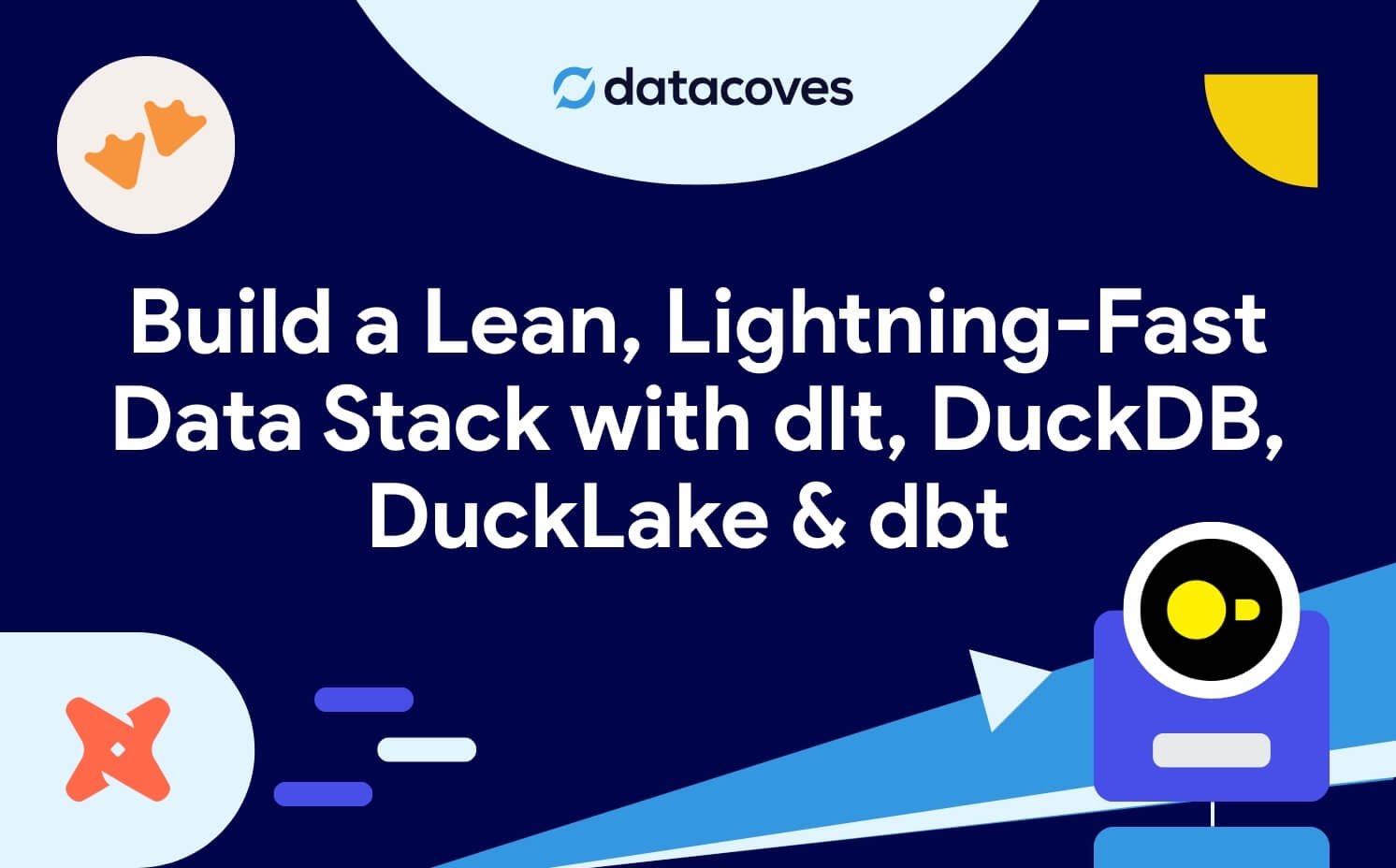In 3 Core Pillars to a Data-Driven Culture, I discussed the reasons why decision makers don’t trust analytics. I then outlined the alignment and change management aspect to any solution. Once you know what you want, how do you deliver it? The cloud revolution has brought in a new set of challenges for organizations which have nothing to do with delivering solutions. The main problem is that people are faced with a Cheesecake Factory menu and most people would be better served with Omakase.
For those who may not be aware, The Cheesecake Factory menu has 23 pages and over 250 items to choose from. There are obviously people who want the variety and there is certainly nothing wrong with that, but my best meals have been where I have left the decision to the chef.
Omakase, in a Japanese restaurant is a meal consisting of dishes selected by the chef, it literally means “I'll leave it up to you”

How does this relate to the analytics landscape? Well, there is a gold rush in the analytics space. There is a lot of investment and there are literally hundreds of tools to choose from. I have been following this development over the last five years and if anything, the introduction of tools has accelerated.

Most people are where I was back in 2016. While I have been doing work in this space for many years the cloud and big data space was all new to me. There was a lot I needed to learn and I was always questioning whether I was making the right decision. I know many people today who do POC after POC to see which tool will work the best, I know, I did the same thing.
Contrast this process with my experience learning a web development framework called Ruby on Rails. When I started learning Rails in 2009 I was focused on what I was trying to build, not the set of tools and libraries that are needed to create a modern web application. That’s because Rails is Omakase.
When you select Omakase in Rails you are trusting many people with years of experience and training to share that knowledge with you. Not only does this help you get going faster, but it also brings you into a community of like-minded people. So that when you run into problems, there are people ready to help. Below I present my opinionated view of a three-course meal data stack that can serve most people and the rationale behind it. This solution may not be perfect for everyone, but neither is Rails.
Appetizer: Loading data
You are hungry to get going and start doing analysis, but we need to start off slowly. You want to get the data, but where do you start. Well, there are a few things to consider.
· Where is the data coming from?
· Is it structured into columns and rows or is it semi-structured(JSON)?
· Is it coming in at high velocity?
· How much data are you expecting?
What I find is that many people want to over engineer a solution or focus on optimizing for one dimension which is usually cost since that is simple to grasp. The problem is that if you focus only on cost, you are giving up something else, usually a better user experience. You don’t have a lot of time to evaluate solutions and build extract and load scripts, so let me make this simple. If you start with Snowflake as your database and Fivetran as your Extract and Load solution, you’ll be fine. Yes, there are reasons why not to choose those solutions, but you probably don’t need to worry about them, especially if you are starting out and you are not Apple.
Why Snowflake you ask? Well, I have used Redshift, MS SQLServer, Databricks, Hadoop, Teradata, and others, but when I started using Snowflake I felt like a weight was lifted. It “just worked.” Do you think you will need to mask some data at some point? They have dynamic data masking. Do you want to be able to scale compute or storage independently? They have separate compute and storage too. Do you like waiting for data vendors to extract data from their system and then having to import it on your side? Or do you need to collaborate with partners and send them data? Well,Snowflake has a way for companies to share data securely, gone are the days of moving data around, now you can securely grant access to groups within or outside your organization, simple, elegant. What about enriching your data with external data sources? Well, they have a data marketplace too and this is bound to grow. Security is well thought out too and you can tell they are focused on the user experience because they do things to improve analyst happiness like MATCH_RECOGNIZE. Oh, and they also handle structured and semi-structured data amazingly well and all without having to tweak endless knobs. With one solution I have been able to eliminate the need to answer the questions above because Snowflake can very likely handle your use case regardless of the answer. I can go on and on, but trust me, you’ll be satisfied with your Snowflake appetizer. If it’s good enough for Warren Buffett, it’s good enough for me.
But what about Fivetran you say? Well, because you have better things to do than to replicate data from Google Analytics, Salesforce, Square, Concur, Workday, Google Ads, etc. etc. Here’s the full list of current connectors Fivetran supports. Just set it and forget it. No one will give you a metal for mapping data from standard data sources to Snowflake. So just do the simple thing and let’s get to the main dish.

Main dish: Transforming data
Now that we have all our data sources in Snowflake, what do we do? Well, I haven’t met anyone who doesn’t want to do some level of data quality, documentation, lineage for impact analysis, and do this in a collaborative way that builds trust in the process.
I’ve got you covered. Just use dbt. Yup, that’s it, simple, a single tool that can do documentation, lineage, data quality, and more. dbt is a key component in our DataOps process because it, like Snowflake, just works. It was developed by people who were analysts themselves and appreciated software development best practices like DRY. They knew that SQL is the great common denominator and all it needed was some tooling around it. It’s hard enough finding good analytics engineers let alone finding ones that know Python. Leave the Python to Data Science and first build a solid foundation for your transformation process. Don’t worry, I didn’t forget about your ambition to create great machine learning models, Snowflake has you covered there as well, check out Snowpark.
You will need a little more than dbt in order to schedule your runs and bring some order to what otherwise would become chaos, but dbt will get you a long way there and if you want to know how we solve this with our Datacoves, reach out, we’ll share our knowledge in our 1-hour free consultation.

Dessert: Reporting on data
This three-course meal is quickly coming to an end, but I couldn’t let you go home before you have dessert. You need dashboards, but you also want self-service, then you can’t go wrong with Looker. I am not the only chef saying this, have a look at this.
One big reason for choosing Looker in addition to the above is the fact that version control is part of the process. If you want things that are documented, reused, and follow software development best practices, then you need to have everything in version control. You can no longer depend on the secret recipe that one of your colleagues has on their laptops. People get promoted, move to other companies, forget… and you need to have a data stack that is not brittle. So choose your dessert wisely.

Conclusion
There are a lot of decisions to be made when creating a great meal. You need to know your guests dietary needs, what you have available, and how to turn raw ingredients into a delicious plate. When it comes to data the options and permutations are endless and most people need to get to delivering solutions so decision makers can improve business results. While no solution is perfect, in my experience there are certain ingredients that when put together well enable users to get to building quickly. If you want to deliver analytics your decision makers can trust, just go Omakase.



-Photoroom.jpg)




